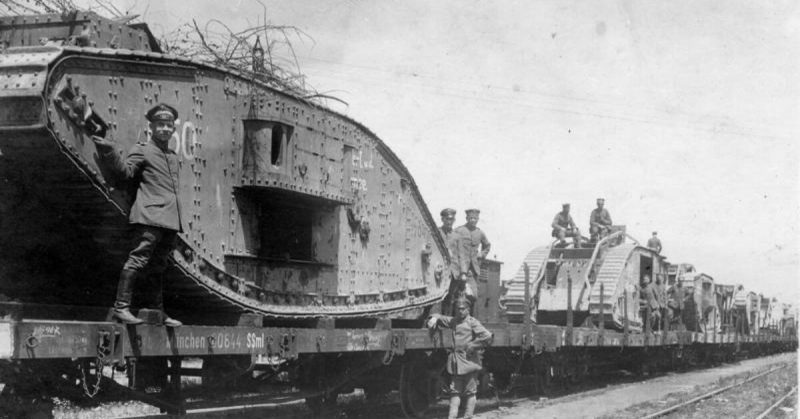WWI was the first fully industrialized war. Advances in technology and manufacturing brought whole new ways of killing onto the battlefield.
Here are some of the weapons that became prominent in the war, and that have gone on to shape warfare since.
Tanks
Engineers of many nations dreamed of creating armored vehicles that could dominate the battlefield – wheeled alternatives to the battleship. The first to make it a reality were the British, who worked in secret to produce an armored fighting vehicle. It was disguised as a container for holding liquid thus earning it its permanent name – the tank.
The first tank attack took place on September 13, 1916. The appearance of the armored machines, with their tracks churning through the mud and their guns blazing, boosted the morale of British troops and sent their opponents fleeing.
The first tanks were primitive. Many broke down or became stuck but by the end of the war, they were increasingly sophisticated and relevant, and both sides were fielding tanks.
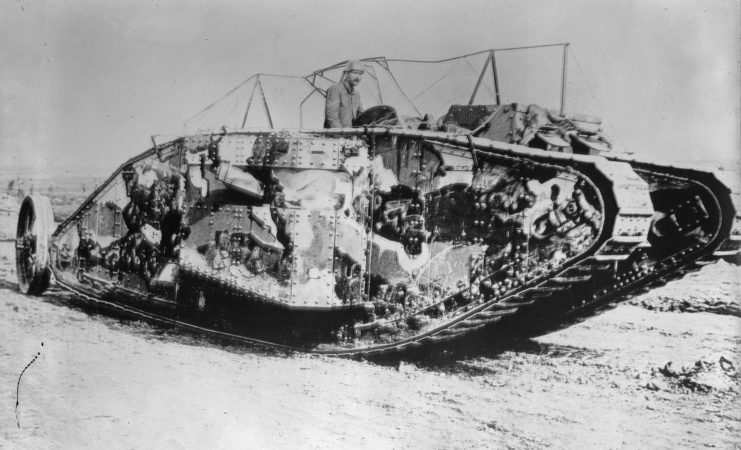
Planes
At the start of the war, planes were used for reconnaissance, gathering information and acting as spotters for artillery. Once both sides were in the air, fighting inevitably broke out between opposing pilots. Aerial warfare had begun.
The pace of change in the air war was incredible. Daring flyers and cunning engineers on both sides developed the tactics and technology for a whole new form of war. Planes were mounted with guns and bombs, fighting each other and attacking troops on the ground. The third arena for combat had been developed.
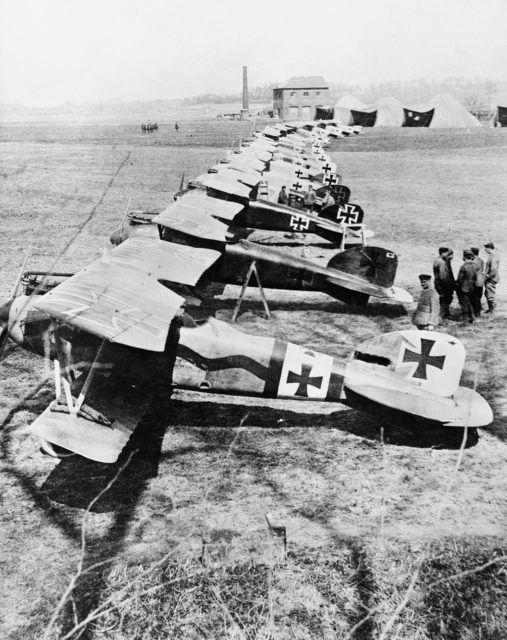
Poison Gas
The most infamous weapon of the war, poison gas was first used in early 1915. The Germans had tried unsuccessfully with it on the Russian front in January before deploying it more effectively on the Western Front in April. Like so many deadly tools of war, it was used by both sides.
Poison gas could be delivered in two ways. It could be released from canisters and allowed to drift across the battlefield. Alternatively, it could fill artillery shells, giving the weapon greater range and less reliance on the weather.
Gas was more unsettling than it was deadly. For all the fear it created, only 1.1% of deaths on the Western Front were as a result of it. The appalling injuries it caused, such as damaged lungs, created a lasting sense of horror.
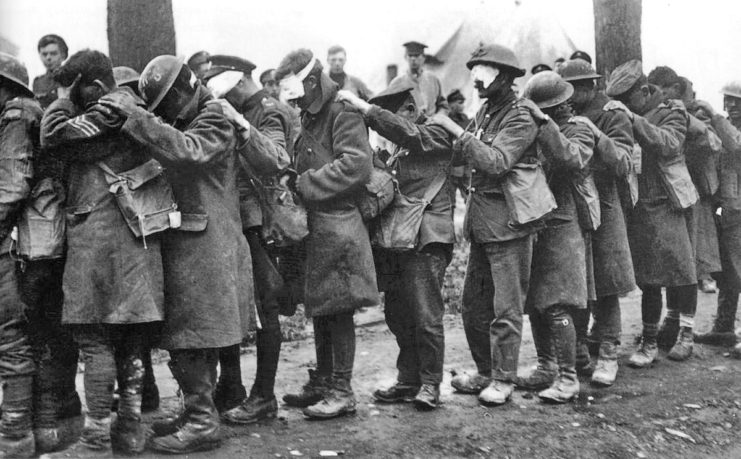
Superguns
A war involving major countries around the world saw the appearance of proportionally huge guns. Previously, artillerists had been limited to what a team of horses could pull. With the arrival of powerful trains and internal combustion engines, larger devices could be made and transported. Austro-Hungary’s 305mm Skoda mortars and Germany’s Big Bertha guns cracked the Belgian fortresses they faced at the start of the war. By 1918, the Germans were hurling artillery shells 74 miles to hit Paris.
Machine-guns
WWI was not the first time machine-guns were seen in action. The Williams Gun and the Gatling Gun had both been utilized during the American Civil War. Other early models had been tried out in various conflicts, but WWI was the first time heavy machine-guns became battle-defining weapons. Their firepower annihilated infantry attacks, turning the war into a defensive one. A well-positioned machine-gun could hold off a whole formation of enemy troops and often did.
Submarines
Experimental submarines had been used a handful of times in the 19th century, but it was in WWI that the ships rose to prominence.
As an island nation, Britain was particularly vulnerable to attacks against shipping. U-boats enabled Germany to harass British supply lines without facing the might of the Royal Navy. At the start of the war, it was particularly a problem for the British, although neither side had ship-mounted weapons capable of attacking a submerged submarine.
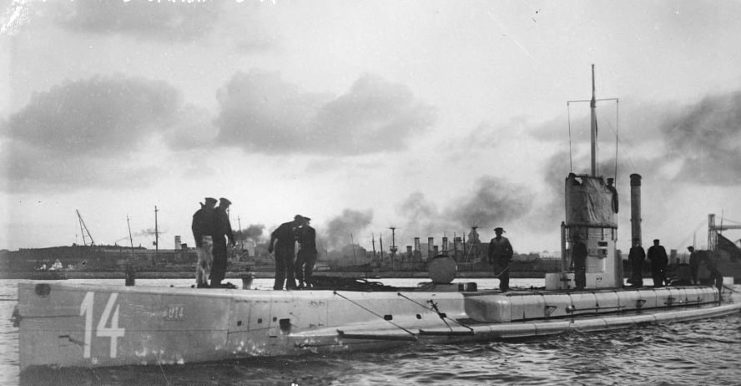
Light Machine-guns
Before the war began, military thinkers misunderstood the technology they had. They had thought the devastating firepower of artillery and machine-guns would lead to fast-moving attacks and a war of movement. Instead, the weapons provided better defense, and the war bogged down.
Both sides worked on developing high-impact weapons that infantry could carry while attacking. It led to light machine-guns such as the British Lewis gun and the American Browning Automatic – known as the trench broom and now more associated with Prohibition-era gangsters.
The Germans worked out how best to use the weapons. Rather than spread them out as support weapons, they equipped crack Stormtrooper units with light machine-guns and grenades, enabling them to launch ferocious assaults in the last year of the war.
Portable Mortars
Mortars had traditionally been large weapons, part of the artillery rather than frontline guns. That changed in the early 20th century. Small mortars were used in the Russo-Japanese War. German observers saw the potential in the technology and brought it west.
Consisting of little more than a pipe and the shells to be fired from it, a trench mortar was a light, portable weapon. It allowed infantry to use more powerful ammunition than they previously could. It also let them fire over the defenses of enemy trench lines.
The portable mortar gave infantry their very own light artillery.
Torpedo Boats
The torpedo allowed relatively small, cheap boats to do damage to heavy warships. They were primarily used to defend coastal waters but could also be used in raids against enemy shipping. The Italians were masters at doing just that, sinking the Austro-Hungarian dreadnought Szent István using a pair of torpedo boats.
Sources:
Christopher Chant (1986), The New Encyclopedia of Handguns
Francis Crosby (2010), The Complete Guide to Fighters & Bombers of the World
Martin Marix Evans (2002), Over the Top: Great Battles of the First World War
Richard Holmes, ed. (2001), The Oxford Companion to Military History
William Weir (2006), 50 Weapons that Changed Warfare
Ian Westwell (2008), World War I
